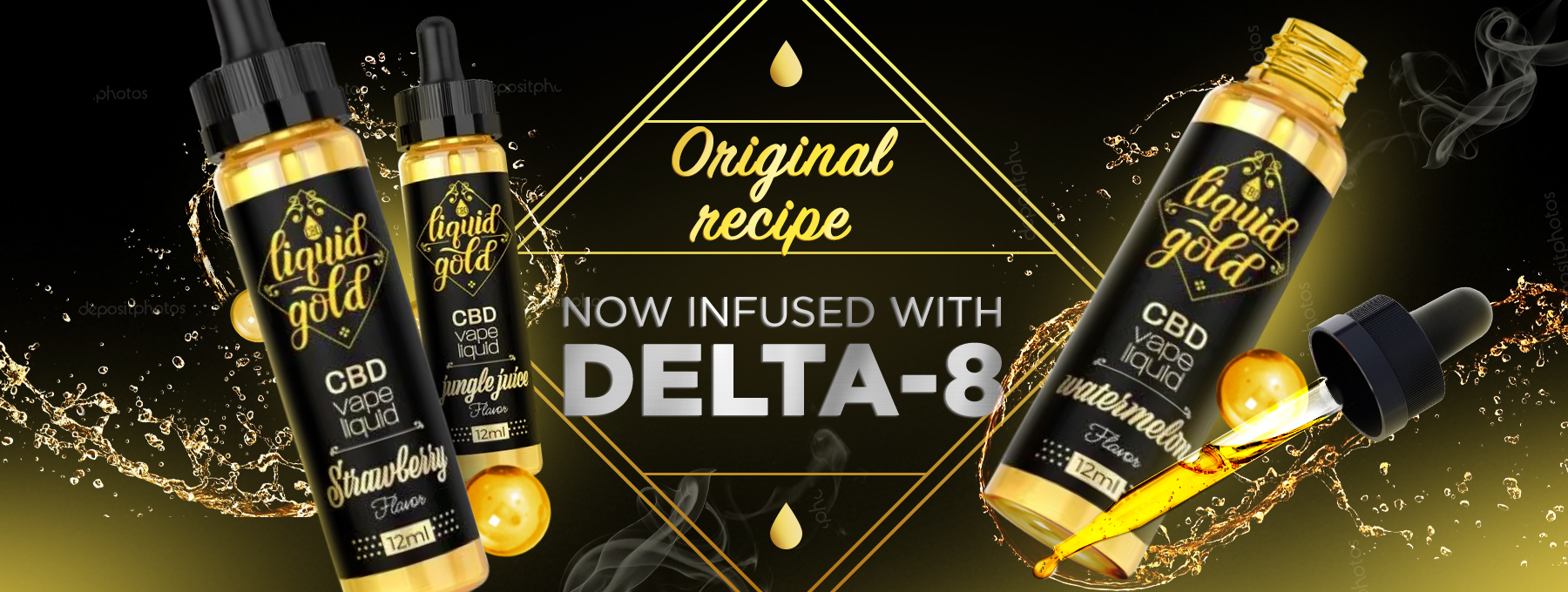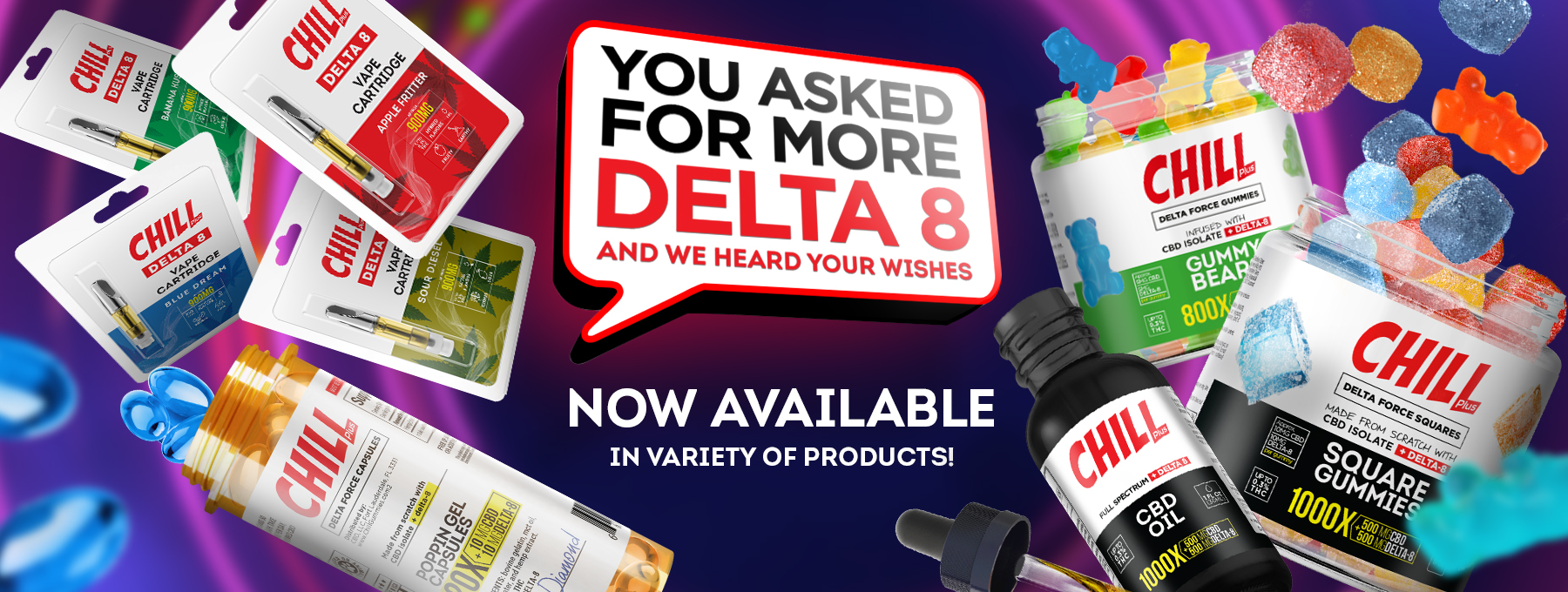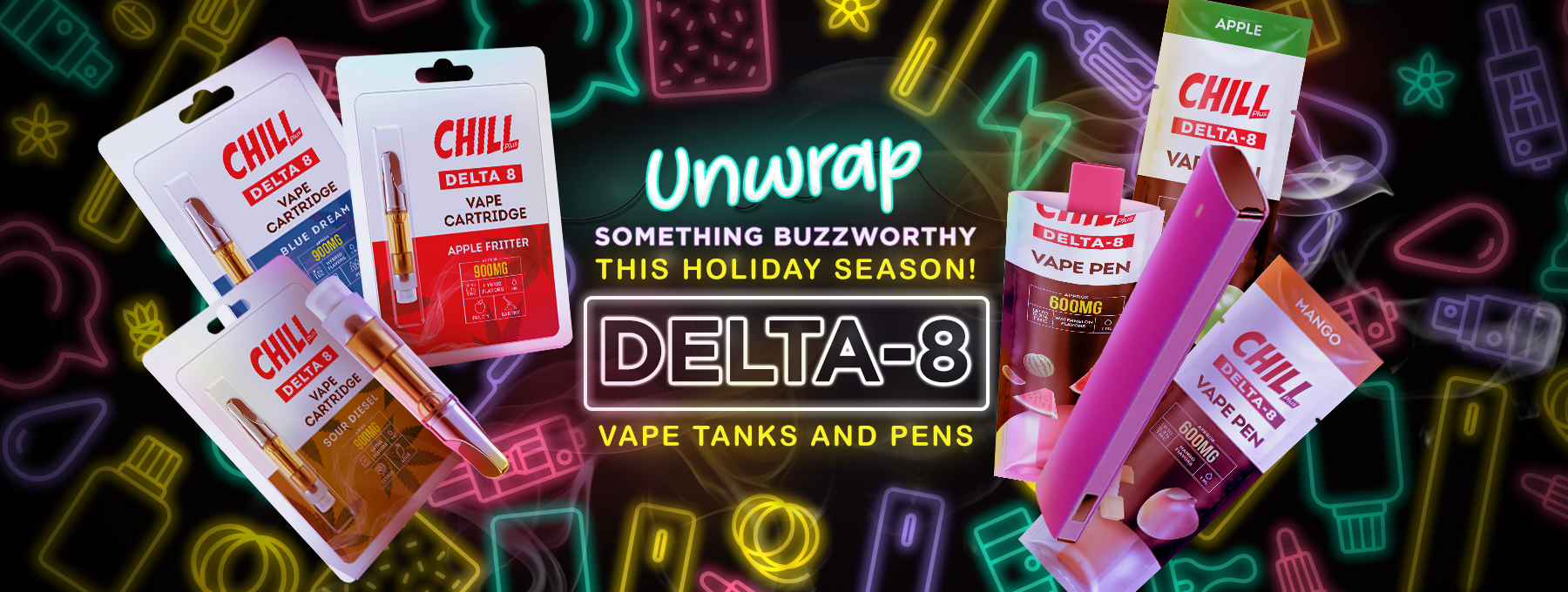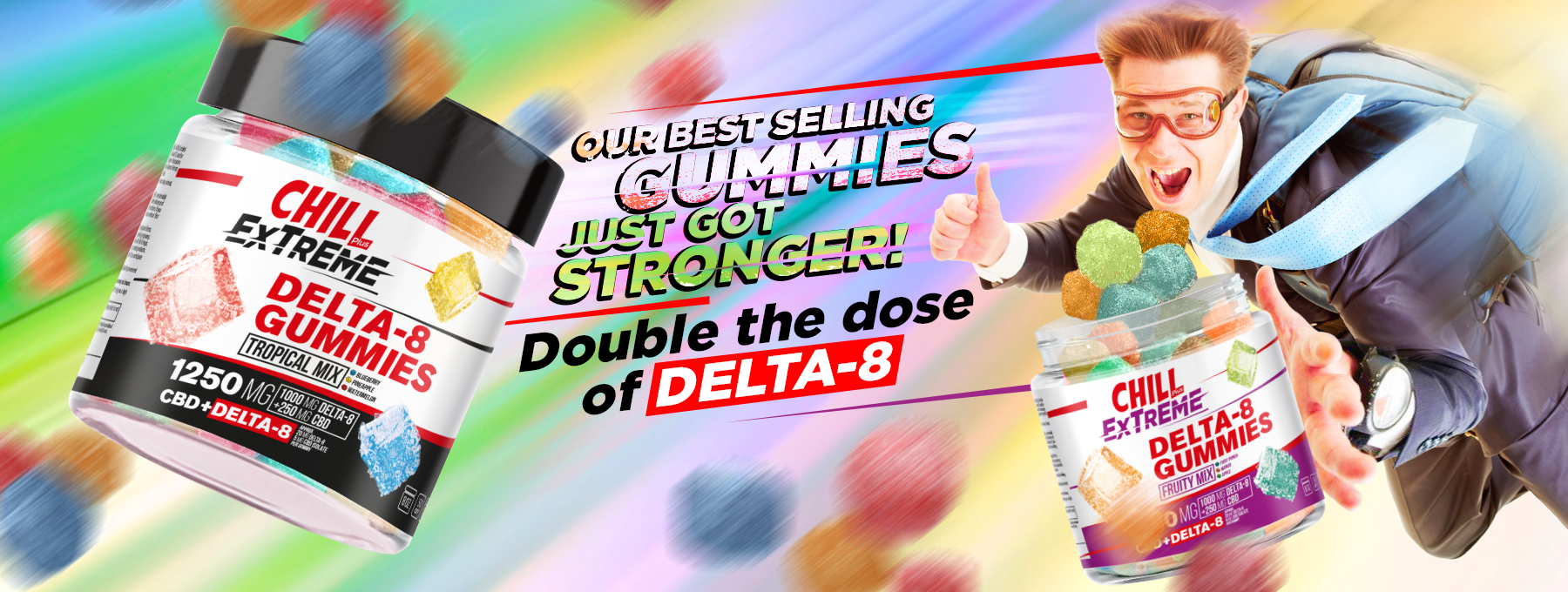What is Cannabidiol?
Cannabidiol, commonly referred to as CBD, is one of the many compounds found in the cannabis plant. Unlike THC, its psychoactive counterpart, CBD doesn’t induce a ‘high.’ Its origins trace back thousands of years, with various cultures using cannabis for medicinal purposes. Over recent decades, CBD has gained traction in the medical and wellness communities due to its potential therapeutic effects, which range from anti-inflammatory properties to its role in managing anxiety and chronic pain. Our body boasts a complex system known as the endocannabinoid system (ECS). Comprised of receptors, mainly CB1 and CB2, the ECS regulates several functions, including mood, appetite, and pain. CBD interacts indirectly with these receptors, modulating pain, and inflammatory responses, making it a potential agent for pain relief.
What are CBD Patches?
CBD patches are an innovative method of delivering the therapeutic benefits of cannabidiol (CBD) directly through the skin. Similar in appearance to a band-aid, these patches are infused with a specified amount of CBD. Here’s a closer look at their structure and function:
- Description and Basic Structure: At its core, a CBD patch consists of an adhesive layer infused with CBD. This layer often contains other ingredients that facilitate the slow release of CBD through the skin and into the bloodstream. Some patches also have carriers or enhancers that help improve CBD absorption.
- Transdermal Delivery System: The primary benefit of a CBD patch lies in its transdermal delivery system. Unlike topicals that deliver CBD to the skin’s surface, these patches allow for deeper penetration. The CBD molecules are gradually released and absorbed into the tiny blood vessels, or capillaries, in the skin, from where they are transported to areas of the body where they’re needed.
- Advantages Over Other Delivery Methods: There are several ways to consume CBD, from tinctures and edibles to vapes and topicals. However, patches have a distinct edge over some of these methods. For starters, they offer a more consistent and prolonged delivery of CBD, ensuring a steady dose over a specified period – often up to 24 hours or more. This can be particularly beneficial for conditions requiring long-lasting relief. Additionally, they bypass the digestive system, which means no loss of potency due to metabolic processes.
- Applications: CBD patches are primarily used for systemic relief, making them effective for issues like pain, inflammation, and anxiety. However, their efficacy might vary based on factors such as the patch’s CBD concentration, individual metabolism, and the specific health concern being addressed.
Benefits of Using CBD Patches
Cannabidiol patches offer a unique and efficient method to deliver the therapeutic benefits of cannabidiol (CBD) to the body. Here are the key benefits of using them:
- Consistent Dosage: One of the primary advantages of CBD patches is the consistent release of CBD. Once applied, these patches steadily release a specified dose of CBD over a set period, ensuring that the body receives a uniform amount of CBD throughout the patch’s active duration.
- Extended Relief: CBD patches are designed for prolonged wear, typically lasting anywhere from 8 to 96 hours. This long-lasting effect provides extended relief, making patches particularly suitable for conditions that require sustained dosing.
- High Bioavailability: The transdermal delivery method bypasses the digestive system and liver metabolism, leading to a higher percentage of CBD entering the bloodstream. This increased bioavailability means that more CBD is available to produce its therapeutic effects.
- Discretion and Convenience: Patches are discreet, making them perfect for users who wish to maintain privacy about their CBD usage. They are also convenient, as one doesn’t need to remember to take multiple doses throughout the day.
- Targeted Relief: While primarily offering systemic effects, CBD patches can also provide targeted relief. When applied to areas near the pain or inflammation site, the localized delivery can be more effective.
- Minimal Side Effects: Unlike some other consumption methods, especially oral, CBD patches avoid first-pass metabolism in the liver. This not only increases the compound’s bioavailability but also reduces the potential for certain side effects.
- Avoidance of Respiratory Risks: For those who prefer not to inhale their CBD products, patches present a lung-friendly option, free from the potential respiratory risks associated with smoking or vaping.
- Easy to Use: Using a CBD patch is as simple as sticking a bandage. It doesn’t require any preparation, and there’s no risk of spillage or mess.
- Suitable for Non-smokers: Not everyone is comfortable with vaping or smoking. CBD patches are ideal for those who prefer to avoid these methods but still want to experience the benefits of CBD.
- Stability: The design of the patch ensures that the CBD is protected from external elements like light or air, which might degrade its potency. This ensures that the CBD remains potent throughout the patch’s lifespan.
How Do CBD Patches Work for Pain Relief
Mechanism of action
The skin acts as a protective barrier, but certain molecules like CBD can pass through when presented correctly. CBD patches are designed to release CBD slowly, ensuring a steady influx of the compound into the bloodstream. This direct delivery method can provide targeted relief, making it especially beneficial for localized pain.
Clinical studies and evidence
While extensive studies on CBD patches are still emerging, preliminary research suggests their effectiveness in pain management. Many patients and users have reported reduced pain levels and improved overall well-being when using the patches. It’s essential, however, to approach these anecdotal accounts with caution until more extensive clinical trials validate them.
How to Select CBD Patches
With the burgeoning popularity of CBD patches, the market is flooded with various brands and formulations. Making the right choice can be pivotal to the therapeutic experience you seek. Here’s a guide to help you select the ideal CBD patch for your needs:
Determine Your Needs
Start by determining why you want to use the patch. Is it for pain relief, anxiety management, sleep aid, or some other purpose? Your specific needs will guide your selection process.
CBD Concentration
Patches come in various CBD concentrations, typically ranging from 10mg to 100mg or more. If you’re new to CBD, it might be wise to start with a lower concentration and then adjust based on your experience.
For chronic conditions or more severe symptoms, a patch with a higher CBD concentration might be more appropriate.
Full Spectrum, Broad Spectrum, or Isolate
- Full Spectrum patches contain a range of cannabinoids, including trace amounts of THC (typically below 0.3%), as well as other beneficial compounds from the cannabis plant.
- Broad Spectrum patches have multiple cannabinoids but no THC.
- Isolate patches contain only pure CBD without any other cannabinoids.
Additional Ingredients
Many patches are infused with supplementary ingredients to boost efficacy. Look for natural additives like essential oils (e.g., lavender for relaxation or eucalyptus for pain relief) or terpenes. Avoid patches with unnecessary chemicals or allergens, especially if you have sensitive skin.
Patch Size and Design
The patch size might affect its potency and duration. Larger patches can often deliver CBD for longer periods.
Some patches are designed to be discreet, while others might be more noticeable. Choose based on where you plan to wear it and your comfort level.
Source of Hemp
It’s crucial to select patches derived from organically grown hemp, ensuring that the CBD is free from pesticides, herbicides, and other potential toxins.
Third-party Lab Testing
Always choose a brand that provides third-party lab test results. This ensures the product’s potency and confirms that it doesn’t contain harmful levels of contaminants.
User Reviews
While everyone’s experience can differ, reading user reviews can give you a general idea about the patch’s effectiveness, longevity, and potential side effects.
Price and Brand Reputation
While it’s essential to stay within your budget, avoid extremely cheap patches, as they might compromise on quality. Research the brand, its reputation, and its commitment to quality and customer satisfaction.
How to Use CBD Patches
Proper Application and Duration
The effectiveness of CBD patches largely depends on their proper application and the duration for which they are worn. To ensure you derive the maximum benefits from these transdermal delivery systems, follow these steps:
- Cleanse and Prepare the Skin: Begin by cleaning the application area with soap and water to remove dirt, oils, and sweat. This ensures a clean surface for optimal adhesion. Dry the skin thoroughly.
- Choose an Optimal Area: For the best absorption, apply the patch to a venous area where the skin is thin and blood flow is ample. Common areas include the inside of the wrist, top of the foot, or the ankle.
- Peel and Stick: Carefully peel away the protective liner from the patch. Press the patch onto the skin firmly, ensuring no wrinkles or air bubbles form.
- Avoid Repositioning: Once the patch is applied, it’s best not to move or adjust it. Frequent repositioning can reduce its adhesive properties and may interfere with the release mechanism.
Duration of Wear
- Adhere to Manufacturer’s Recommendation: Most patches are designed to be worn for a specific duration, usually between 8 to 48 hours. It’s essential to follow the recommended wear time provided on the product packaging.
- Monitor Your Body’s Response: While the manufacturer’s recommendation provides a guideline, individual needs may vary. Keep track of how your body responds to the patch. If you feel the effects waning sooner than expected, it might be time to replace the patch. Conversely, if the patch feels too potent, you can remove it earlier and adjust the duration next time.
- Check for Irritation: Some people with sensitive skin might experience minor irritation from the adhesive or the CBD itself. If redness, itchiness, or other skin reactions occur, it’s advisable to remove the patch.
- Removal and Disposal: When it’s time to remove the patch, do so gently to avoid causing any skin discomfort. Dispose of the used patch responsibly, keeping it out of reach of children and pets.
- Rotate Application Sites: To avoid skin irritation and ensure optimal absorption, it’s a good practice to rotate the patch’s application site. If you applied it to your left wrist last time, consider applying it to your right wrist or ankle next time.
Potential Side Effects
CBD patches, like other CBD products, are generally considered safe and well-tolerated. However, some individuals may experience side effects. Understanding these potential side effects can help users make informed decisions and respond appropriately if they arise.
1. Skin Reactions
- Irritation: The adhesive or components in the patch can sometimes cause skin irritation, manifesting as redness, itching, or mild swelling at the application site.
- Allergic Reactions: Though rare, some people may have an allergic response to the adhesive or other ingredients in the patch, leading to rashes or more severe skin reactions.
- Sensitivity: Extended wear or using the patch on the same skin site repeatedly can increase sensitivity or irritation.
2. General CBD-Related Effects
Though these effects are often associated with oral or inhaled CBD, they can potentially occur with transdermal patches too:
- Fatigue or Drowsiness: Some users report feeling unusually tired or drowsy after using CBD.
- Dry Mouth: Cannabidiol can affect saliva production, leading to a sensation of dry mouth in some individuals.
- Diarrhea: High doses of CBD, especially when consumed orally, have been linked to digestive issues like diarrhea. It’s less common with transdermal patches but still possible.
- Appetite Changes: Some people experience changes in appetite, either increased or decreased, when using CBD.
- Blood Pressure Fluctuation: CBD might lower blood pressure in some individuals. Though this effect is generally mild and temporary, those on blood pressure medications should be cautious.
3. Drug Interactions
CBD can interact with certain medications, altering their efficacy:
- Blood Thinners: There’s potential for CBD to increase the levels of blood-thinning medications, such as warfarin.
- Epilepsy Medications: Using CBD with other epilepsy medications can affect how these drugs are metabolized.
- Certain Over-the-counter Medications: CBD can interact with common drugs like ibuprofen or naproxen.
4. Mental Effects
While CBD is non-psychoactive, meaning it won’t get you “high,” some users have reported subtle changes in mood, anxiety levels, or alertness.
5. Compromised Adhesive
In some rare cases, sweat or oils can interfere with the adhesive, causing the patch to fall off prematurely, which isn’t a side effect of the CBD itself but rather the patch’s design.
Recommendations:
- If you experience severe or persistent side effects, discontinue use and consult with a healthcare professional.
- Always conduct a patch test, especially if you have sensitive skin or are prone to allergies. This involves applying a small section of the patch to a discreet area and monitoring for any reactions over 24 hours.
- Inform your doctor if you are taking other medications, as CBD can interact with some drugs.
Comparing CBD Patches with Other CBD Products
CBD Patches vs. CBD Oils/Tinctures
CBD oils and tinctures typically offer a quicker onset of effects since they’re taken sublingually and absorbed directly into the bloodstream. However, their effects might not last as long as patches. Patches offer prolonged relief but may take longer to start working.
CBD Patches vs. CBD Topicals
CBD topicals, like creams and balms, offer targeted relief but work primarily on the skin’s surface. Patches, however, deliver CBD systemically, which can provide broader relief.
Choose Leaf Alleviate – Your Go-to CBD Shop Online
CBD patches appear promising in the world of pain relief, offering a targeted and consistent delivery method. As with all CBD products, it’s crucial to select quality patches and use them correctly. Always consult with a healthcare provider before trying new pain relief methods. If you’re curious to explore the benefits of CBD patches, consider the trusted and innovative products offered by Leaf Alleviate. With a commitment to quality and customer satisfaction, Leaf Alleviate provides a wide range of CBD products tailored to meet your unique needs. Take the first step towards a more natural and effective approach to pain relief. Shop now!
FAQs
Q: Are CBD patches legal everywhere?
While CBD itself is legal in many places, regulations can vary based on THC content and the source of CBD. Always check local laws before purchasing.
Q: Can I use multiple patches at once?
While it’s possible, it’s crucial to monitor for any adverse effects and not exceed the recommended CBD dosage.
Q: Where do you wear CBD patches?
CBD patches are typically applied to clean, dry skin in areas with minimal hair, such as the inner wrist, top of the foot, or the back of the shoulder. It’s essential to follow the specific instructions provided by the manufacturer for optimal results.
Q: Are CBD patches safe?
When used as directed, CBD patches are generally considered safe for most individuals. However, it’s crucial to consult with a healthcare professional, especially if you have any underlying health conditions or are taking medications that could interact with CBD. Additionally, ensure that you’re purchasing CBD patches from reputable sources to guarantee quality and safety.
Q: Can I sleep with a CBD patch on?
Yes, many people find it safe and beneficial to wear a CBD patch while sleeping. However, it’s advisable to check the instructions provided by the manufacturer to ensure that sleeping with the patch on is recommended. Some individuals may experience mild irritation or discomfort, so it’s essential to monitor your body’s response and discontinue use if any adverse reactions occur.













